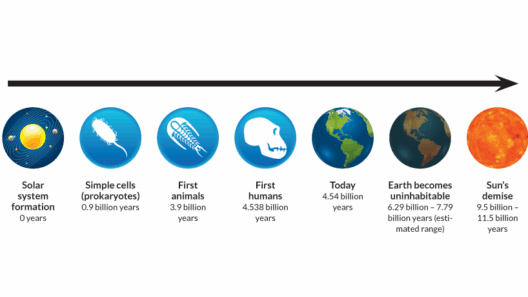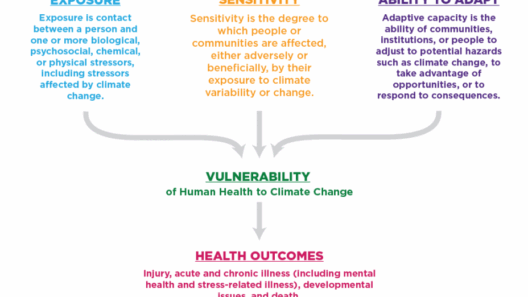El Salvador, a gem nestled in the heart of Central America, boasts a climate characterized by its tropical warmth, lush landscapes, and distinct rainy seasons. Understanding the climate of this vibrant nation is pivotal not only for travelers but also for residents and environmental analysts. The interplay between temperature, precipitation, and geographic diversity underpins El Salvador’s unique weather patterns, which can be both captivating and challenging.
The climate in El Salvador is predominantly tropical, governed by its geographical positioning near the equator. Average temperatures usually fluctuate between 22°C to 30°C (72°F to 86°F) throughout the year, giving rise to an enveloping warmth that filters through the country’s diverse ecosystems. Coastal areas tend to experience warmer temperatures, while higher altitudes, such as the mountainous regions, offer a more temperate climate, often cooling down during the evenings. This variety in temperatures across different altitudes contributes to a spectrum of flora and fauna that flourish in distinct environments.
Rainfall is a critical aspect of El Salvador’s climate, exhibiting a distinct bimodal pattern. The country experiences two primary seasons: the dry season and the wet season. From November to April, the dry season prevails, bringing with it a reprieve from heavy precipitation. During this time, the landscape transforms into a mosaic of earthy tones, punctuated by the vibrant hues of vegetation. Tourists often find this season preferable for exploration, as the skies remain predominantly clear, allowing for unobstructed views of the breathtaking volcanic scenery.
The wet season, spanning from May to October, marks a stark contrast, as the skies open up to prolonged and intense rainfall. This period is characterized by afternoon thunderstorms and torrential downpours, which can lead to localized flooding in some regions. Average monthly rainfall can reach upwards of 300 mm (11.8 inches) in peak months. The wet season plays a crucial role in replenishing the watersheds and aquifers that are vital for agriculture, sustaining the livelihoods of rural communities. Crops like coffee and corn thrive during this time, thanks to the generous water supply.
Microclimates within El Salvador add another layer of complexity to its climate profile. The country’s topography, interrupted by volcanic ranges and undulating hills, fosters various climatic conditions. The coastal plains, for example, brim with tropical heat and humidity that may deter some, yet entice others to bask in the sun-soaked beaches. On the contrary, the higher elevations in the Sierra Madre mountain range can be markedly cooler, providing a refreshing respite from the oppressive heat characteristic of lower altitudes.
Humidity levels also vary significantly throughout the year, peaking during the moist months. Coastal areas experience higher humidity levels, often surpassing 80%, which can make the heat feel more oppressive. The interplay between humidity and temperature creates a sultry atmosphere that is emblematic of tropical climates. Conversely, during the dry season, humidity levels drop, offering a more comfortable experience for those outdoors.
Environmental discussions surrounding El Salvador’s climate often intersect with the pressing issue of climate change. Recent studies have indicated noticeable shifts in weather patterns, with increased frequency of severe weather events such as hurricanes, storms, and droughts. These changes pose significant risks to agricultural productivity, threatening the sustainability of crops that have supported communities for generations. The potential for increased erratic rainfall creates challenges for farmers, who rely on predictable weather patterns to optimize planting and harvest cycles.
Coastal erosion presents another pressing issue tied to climatic changes. Rising sea levels, driven by global warming, threaten the nation’s extensive coastline, which is home to numerous ecosystems and biodiversity. Mangroves, essential to coastal protection and nutrient cycling, face jeopardy, prompting efforts to conserve these critical habitats. Moreover, coastal communities are confronting the specter of saltwater intrusion, which compromises freshwater sources vital for human consumption and agriculture.
Amid these challenges, community resilience initiatives are emerging as vital responses to the impacts of climate change. Local organizations and governmental bodies are focusing on adaptive strategies, promoting sustainable agricultural practices and investing in water conservation techniques to enhance resilience among vulnerable populations. Education and awareness campaigns are integral in equipping citizens to face these challenges head-on, advocating for a collective approach to environmental stewardship.
In conclusion, El Salvador’s climate is a tapestry woven from tropical warmth, seasonal rains, and the diverse interplay of geographical factors. While its climatic conditions offer rich opportunities for agriculture, tourism, and biodiversity, they also present significant challenges amid the looming threats of climate change. Navigating these complexities will require a concerted effort from all sectors of society, as El Salvador strives to protect its environment while adapting to the ever-evolving realities of a changing climate.








